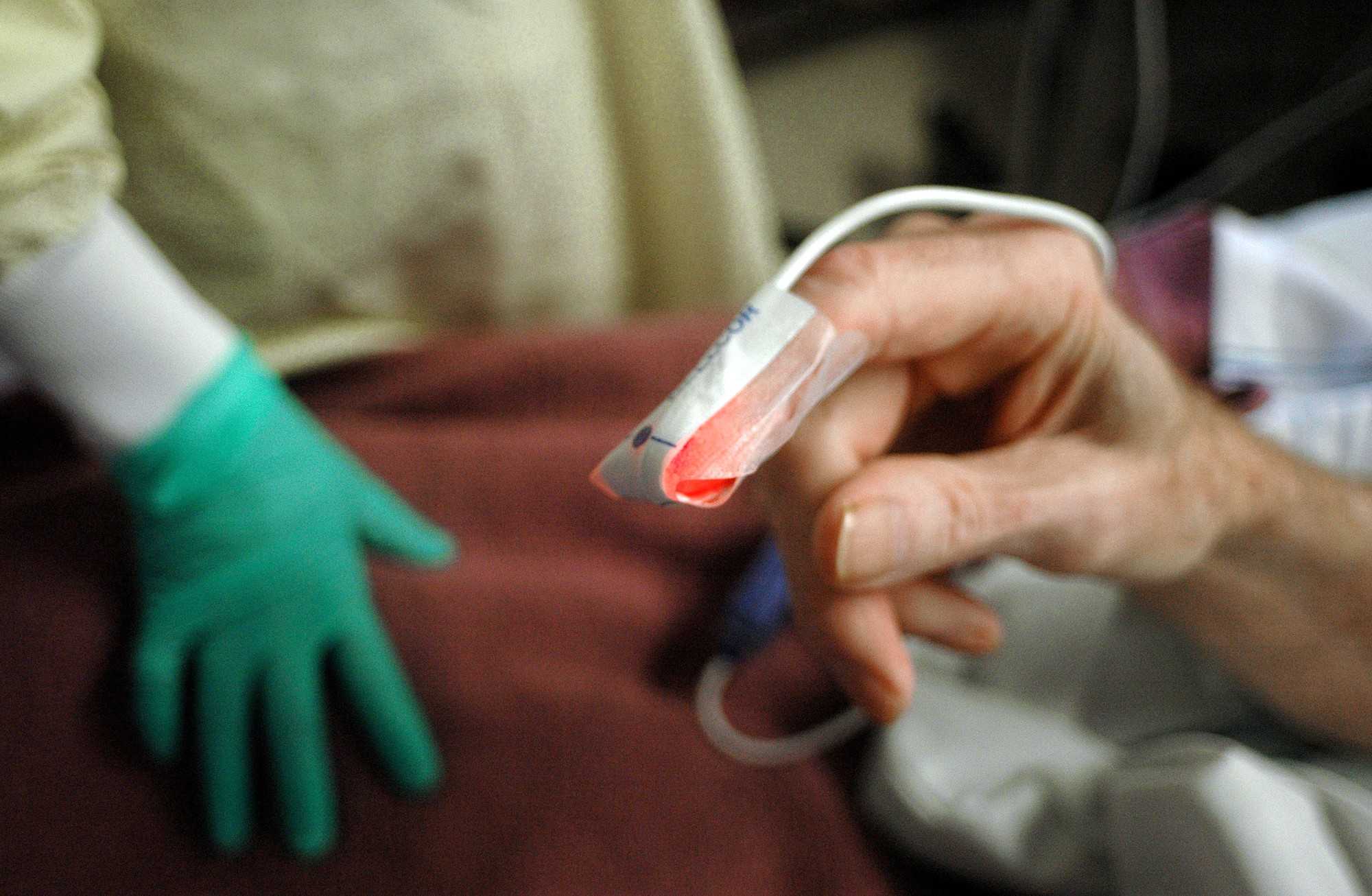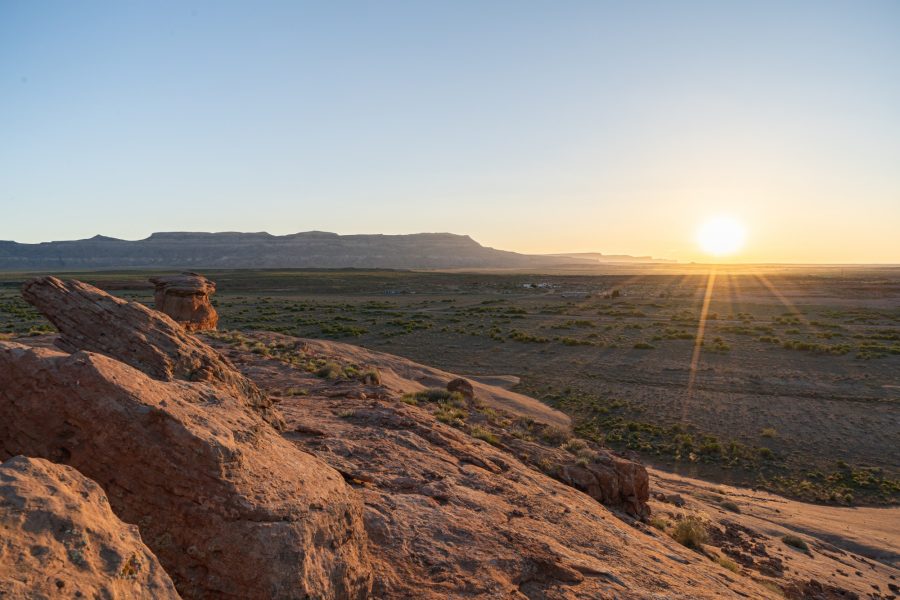On June 17, the Native American population accounted for roughly 11% of the total confirmed COVID-19 cases in Arizona. Today, on Aug. 17, that percentage has been cut in more than half and currently stands at 5%.
A study out of the New England Journal of Medicine called “Contact Tracing for Native Americans in Rural Arizona” details two crucial tools used on Native American reservations to help fight the pandemic: contact tracing and pulse oximeters.
RELATED: Minority groups hit disproportionately harder, pandemic exposes racial disparities in healthcare
Although perfect in theory, contact tracing in other parts of the U.S. has been hard to execute. Due to the fact that most contact tracing is done via phone calls and optional responses, reaching out to every single infected person is much, much easier said than done. However, Native American tribes in Arizona have managed to carry out this very effective public health measure.
The team involved with contract tracing on the White Mountain Apache Reservation involves public health nurses, outpatient nurses, health technicians, medical assistants, physical therapists, physician assistants, pharmacists, doctors and community volunteers, according to Justin Tafoya, the public information officer and nurse educator at the Whiteriver Indian Hospital.
According to the study, the multi-generational household nature on Native American land means that the odds of finding a patient with COVID-19 who doesn’t live with at least one high-risk person is quite low. To work against this, nurses and physicians on the reservations make sure that high-risk people who tested negative for COVID-19 remain asymptomatic for the entirety of the incubation period.
“We visit people who are quarantining in houses to check their oxygen levels and heart rate. We ask them questions like “who have you been in contact with” so that we can go visit them after,” said Darin Thompson, a certified nursing assistant involved with the contact tracing on the White Mountain Apache Reservation.
The team pursues a “door-to-door method,” where the “first door” is the case investigation, according to Tafoya. A contact tracer is assigned the case to investigate, so they have to first call that person and locate them. They get as much information as possible over the phone, and if the individual is home, the team then plans a home visit.
If the person is out of the house — for example, at the store or at work — then they plan a visit for later on in the week, but keep the investigation ongoing.
The second door is “the homes of contacts to inform them of their contact status and then test them and household members. We would rather over-test and have negatives than under-test and miss potential cases. This is repeated until all contacts are identified,” Tafoya said via email.
Native American populations are typically at greater risk for a more severe infection given a high percentage of underlying health conditions combined with less access to healthcare and treatment.
According to the Indian Health Service, “American Indians and Alaska Natives continue to die at higher rates than other Americans in many categories, including chronic liver disease and cirrhosis, diabetes mellitus, unintentional injuries, assault/homicide, intentional self-harm/suicide, and chronic lower respiratory diseases.”
In addition to contact tracing, measuring the oxygen levels of patients, especially those who are asymptomatic, has proven to be another crucial tool for better mitigating future outbreaks. The healthcare workers working on these Native American lands measure oxygen levels using inexpensive pulse oximeters. The typical oxygen saturation lies around 95% but can drop as low as 60 or 70% in patients with COVID-19, sometimes without the patient knowing.

“Happy hypoxemia” is a phenomenon by which a patient has low blood oxygen levels without dyspnea, also known as shortness of breath. This means that these patients can go about their lives without feeling out of breath or fatigued.
“Many patients with the ‘happiest’ hypoxemia — those with minimal or no dyspnea — are young, relatively healthy people who might not otherwise present for medical care at all. We try to evaluate everyone in the household when we are visiting elders, and we frequently discover people with oxygen saturations of 80% or lower who did not know they were infected,” the NEJM study said.
RELATED: Face masks with valves or vents do not prevent spread of COVID-19, CDC says
Like most other aggressive and effective public health measures, this process was tedious and involved a lot of dedication and hard work for the people on the reservations. However, they have managed to cut the death toll down largely due to their ability to get infected individuals out of circulation due to the proactive use of both contact tracing and pulse oximeters.
“Our community’s case fatality rate so far is 1.1%, less than half the rate reported for the rest of Arizona,” the authors of the NEJM study wrote. “Running this kind of operation is difficult. It is staff-intensive and requires clinicians to spend long days in the hot sun. But we believe that our process has yielded positive outcomes.”
Their success begs the question: Why is contact tracing not better implemented in other places?
Follow Amit Syal on Twitter









